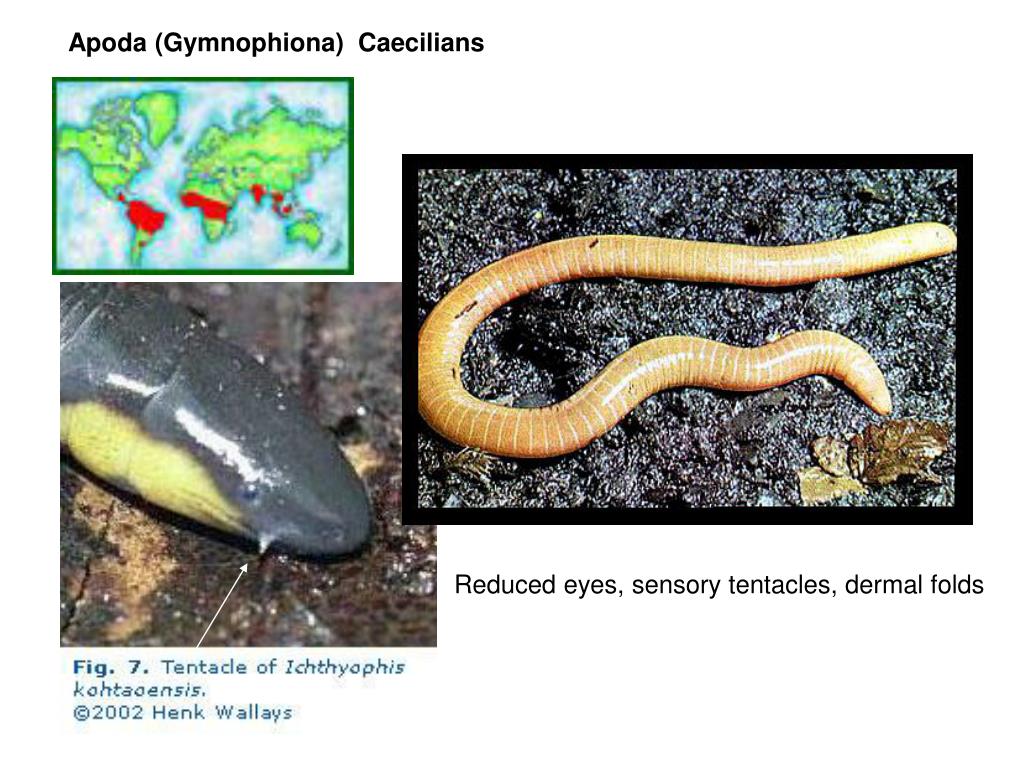


Today the reasons for any given foray into the retail marketplace can vary from strictly utilitarian to strictly hedonic, or, as is often the case, a mixture of motivations may be involved. Window shopping became a popular evening activity and visits to large urban department stores were often more about entertainment than commerce, providing women with leisure activities and a sense of luxury. Shoppers were encouraged to linger without pressure to buy in an effort to make a visit to the department store an outing, similar to going to the theater. With the introduction of the urban department store after the 1840s, special efforts were made to attract women shoppers with stimulating displays, in-store restaurants, and lavish bathroom and lounge facilities ( Benson, 1987). In previous eras, women were uncomfortable in many public contexts. Department stores began to cater to the hedonic motivations of customers-primarily women-by creating palaces of consumption that offered a variety of products and services and catered to customers from a wide range of economic classes ( Benson, 1987 Trachtenberg, 2007). With the growth of a large urban middle class, other less urgent motivations became possible, and the modern concept of “shopping” was born ( Bowlby, 2001 ). Prior to the late 19th century, most purchases were simple utilitarian efforts to obtain needed items at an affordable price. Stuart Vyse, in Environmental Psychology and Human Well-Being, 2018 Utilitarian and hedonic motivations for shopping The instrument scales were assessed as reliable and valid.

The survey instrument was reviewed for content validity by university staff and information systems academics, and was then pilot-tested on 200 consumers who were not included in the main survey. Use was measured as a composite index of variety and frequency of six mobile internet applications. Respondent characteristics captured included age, gender, and experience (in months). These items utilised 7-point scales (‘strongly disagree’ to ‘strongly agree’). The original constructs drew on the previous 2003 UTAUT scales, while the three new constructs adapted scales from other researchers. The survey instrument included several items (three or four statements) for each of the following model constructs: performance expectancy, effort expectancy, social influence, facilitating conditions, hedonic motivation, price value, habit, and behavioural intention. Olfactometer - An olfactometer is an instrument typically used to detect and measure ambient odor dilution.Kerry Tanner, in Research Methods (Second Edition), 2018 The survey instrument and its measurement scales Medial forebrain bundle - Brain: Medial forebrain bundle Latin fasciculus medialis telencephali NeuroNames hier 416 MeSH Medial+Forebrain+Bundle … Wikipedia : one of several glands believed to have hedonic function in many caudate… … Useful english dictionaryĭopamine - For other uses, see Dopamine (disambiguation). : one of the glands producing foul smelling defensive secretions in certain snakes b.
HEDONIC GLANDS WINDOWS
Ancient philosophers called the human senses “the windows of the soul,” and Aristotle described at least five senses sight, hearing, smell, taste, and… … UniversaliumĬloacal gland - noun : any of several glands located in the cloaca of lower vertebrates: as a. Sensory reception, human - Introduction means by which humans react to changes in external and internal environments. Hedonic gland - noun : any of several glands of various salamanders and reptiles that produce a secretion believed to function in sexual attraction and stimulation … Useful english dictionary Hedonic glands - glands in certain animals that function during the season of sexual activity.


 0 kommentar(er)
0 kommentar(er)
